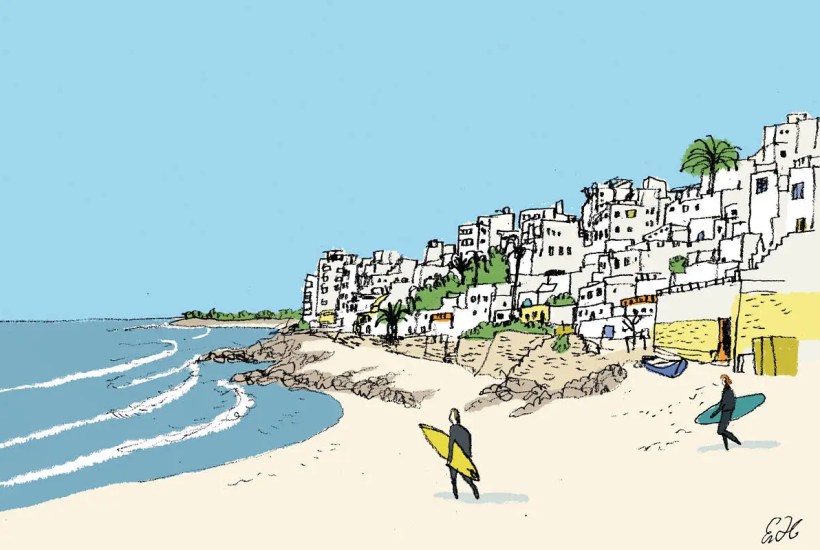At first, the sleepy little town of Mirleft looks like all the others on the 600-mile trek through the sands of the Sahara: half-gravel, half-concrete sidewalks, faded paint, brightly painted schools and the minaret of a new mosque jutting up toward the sky. But a mile past Mirleft’s dusty high street lie cliffs of California proportions — with swells to match.
Already a subscriber? Log in
Subscribe for just $2 a week
Try a month of The Spectator Australia absolutely free and without commitment. Not only that but – if you choose to continue – you’ll pay just $2 a week for your first year.
- Unlimited access to spectator.com.au and app
- The weekly edition on the Spectator Australia app
- Spectator podcasts and newsletters
- Full access to spectator.co.uk
Or




















Comments
Don't miss out
Join the conversation with other Spectator Australia readers. Subscribe to leave a comment.
SUBSCRIBEAlready a subscriber? Log in